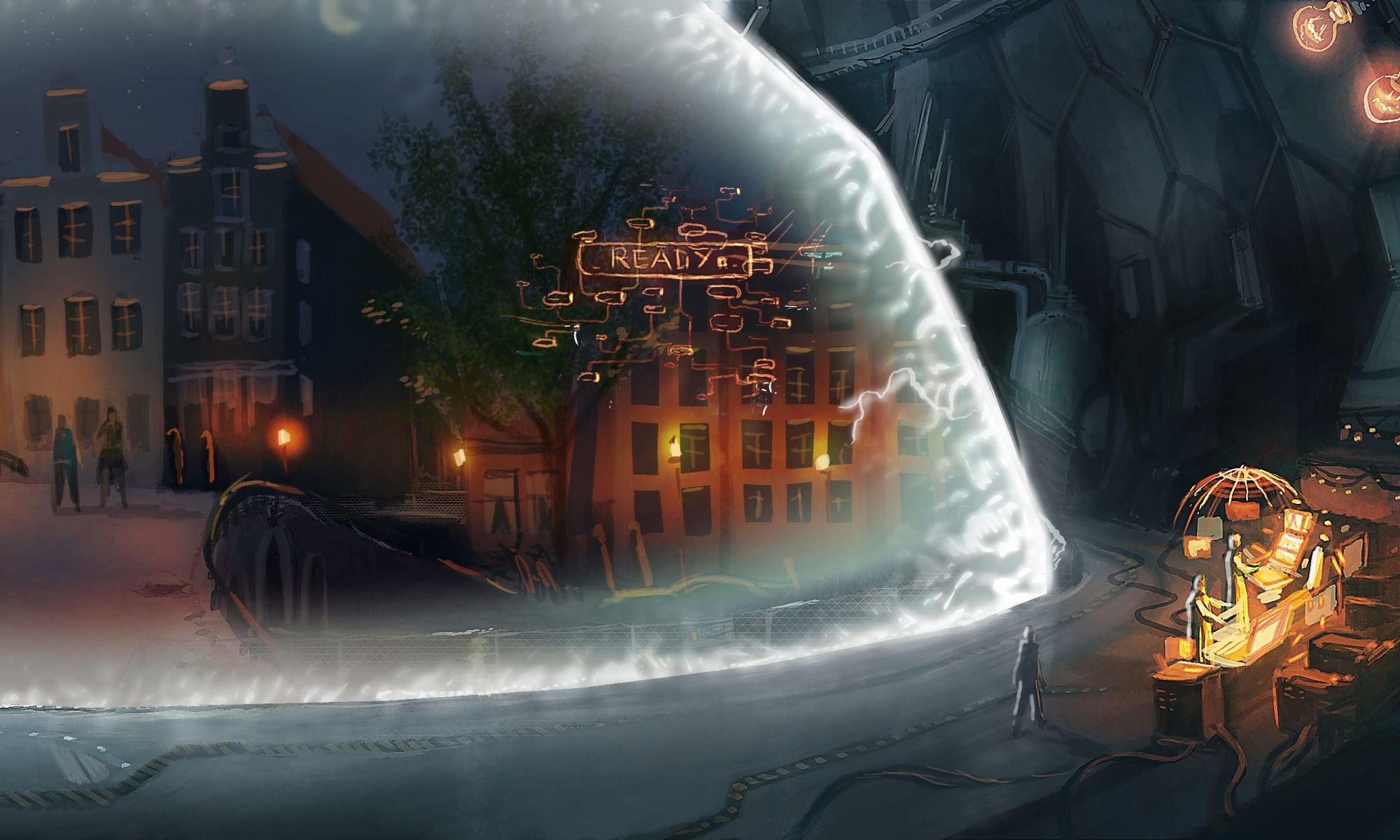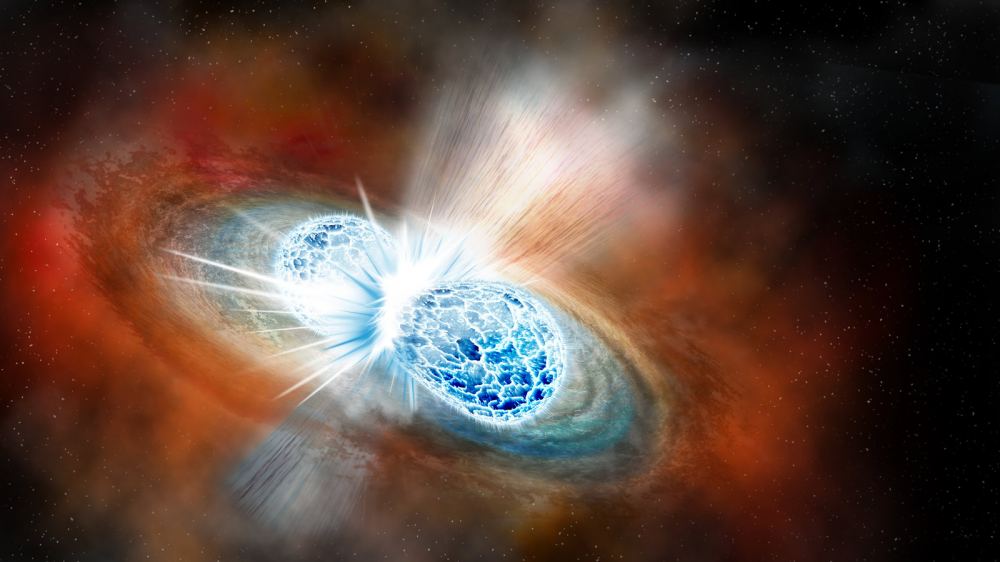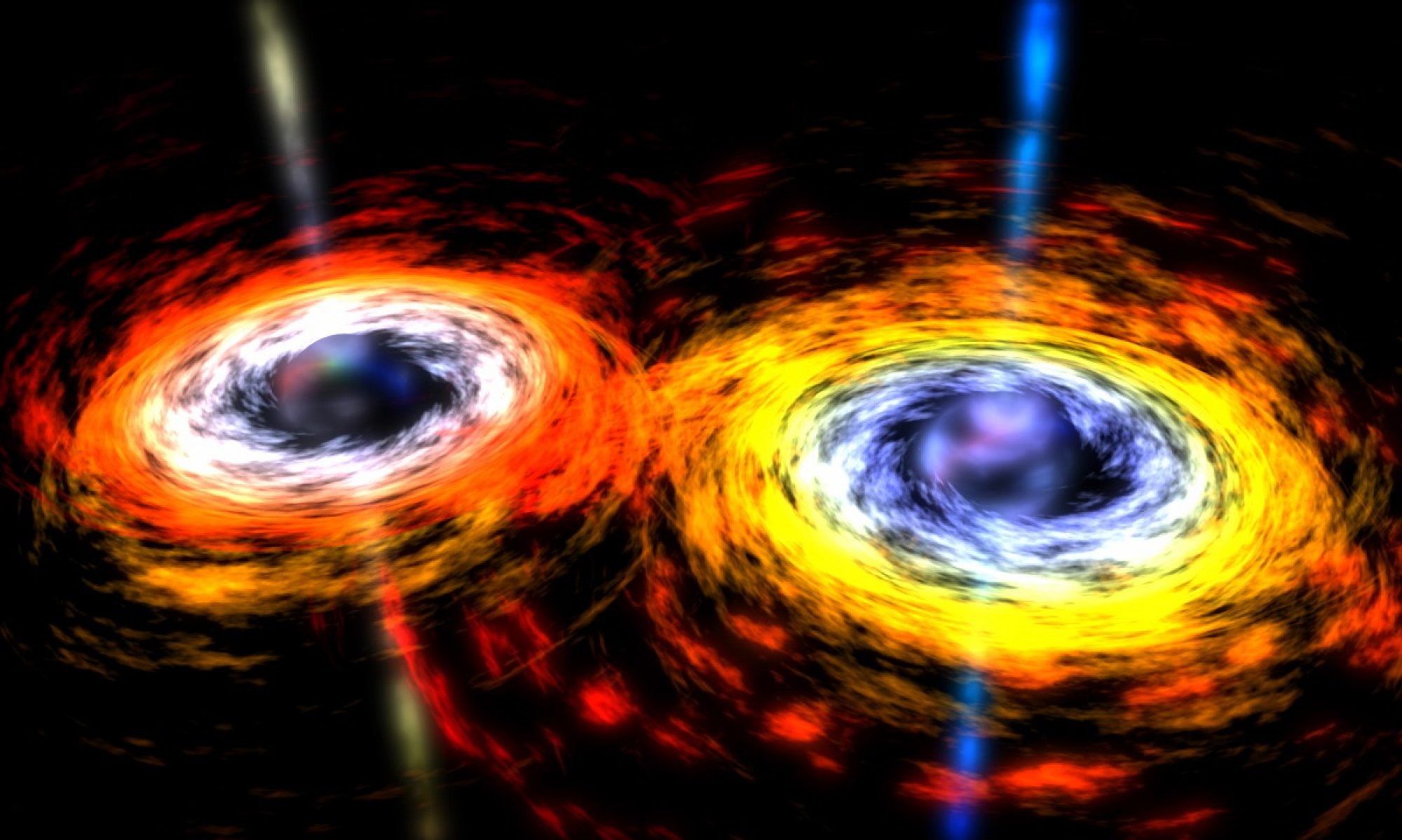Time travel is a staple of science fiction, and not without reason. Who wouldn’t want to go back in time to explore history, or save the world from catastrophe. Time travel has also been deeply studied within the context of theoretical physics because it tests the limits of our scientific theories. If time travel is possible, it has implications for everything from the origin of the universe to the existence of free will. One of the central problems of time travel theory is that it gives rise to logical paradoxes. But a couple of researchers think they have solved the pesky paradox problem.
Continue reading “Time Travel, Without the Pesky Paradoxes”The Shadow from M87’s Supermassive Black Hole has Been Observed Wobbling Around the Galaxy for Years

In April 2019, the Event Horizon Telescope (EHT) released the first direct image of a black hole. It was a radio image of the supermassive black hole in the galaxy M87. Much of the image resulted from radio light gravitationally focused toward us, but there was also some light emitted by gas and dust near the black hole. By itself, the image is a somewhat unimpressive blurry ring, but the data behind the image tells a more detailed story.
Continue reading “The Shadow from M87’s Supermassive Black Hole has Been Observed Wobbling Around the Galaxy for Years”The Destruction of Dark Matter isn’t Causing Extra Radiation at the Core of the Milky Way

There are times when it feels like dark matter is just toying with us. Just as we gather evidence that hints at one of its properties, new evidence suggests otherwise. So it is with a recent work looking at how dark matter might behave in the center of our galaxy.
Continue reading “The Destruction of Dark Matter isn’t Causing Extra Radiation at the Core of the Milky Way”Colliding Neutron Stars Don’t Make Enough Gold to Explain What We See in the Universe
In the beginning, the universe created three elements: hydrogen, helium, and lithium. There isn’t much you can do with these simple elements, other than to let gravity collapse them into stars, galaxies, and black holes. But stars have the power of alchemy. Within their hearts, they can fuse these elements into new ones. Carbon, nitrogen, oxygen, and others, all up to the heavy element of iron. When these first stars exploded, they scattered the new elements across the cosmos, creating planets, new stars, and even us.
Continue reading “Colliding Neutron Stars Don’t Make Enough Gold to Explain What We See in the Universe”Small Amounts of Dark Matter are Creating Much Stronger Gravitational Distortions than Anyone Expected to See
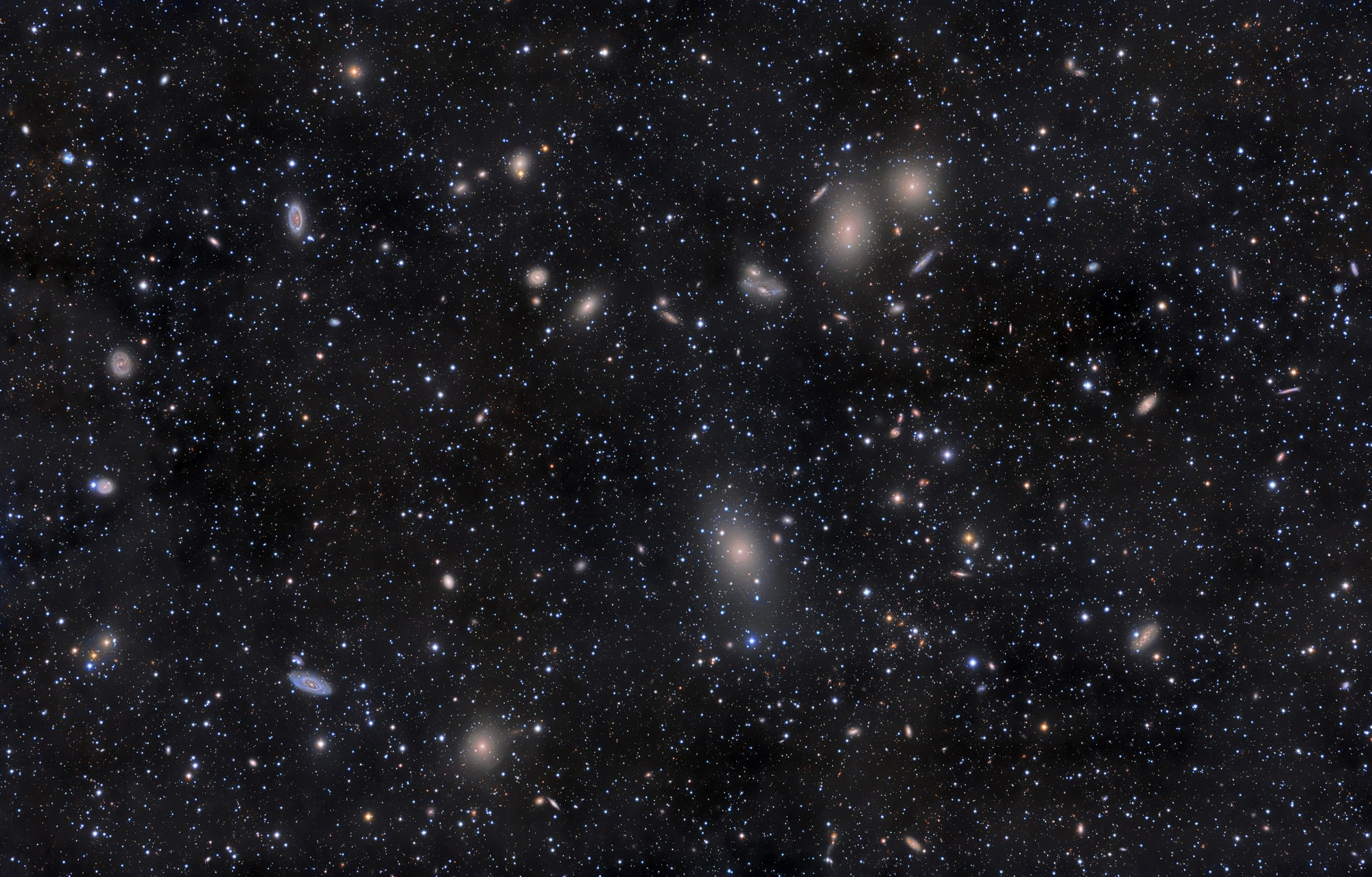
Dark matter is difficult for astronomers to study, but that doesn’t keep them from trying. And with skill and determination, they continue to find exciting things about the invisible stuff.
Continue reading “Small Amounts of Dark Matter are Creating Much Stronger Gravitational Distortions than Anyone Expected to See”Could There Be a Form of Life Inside Stars?
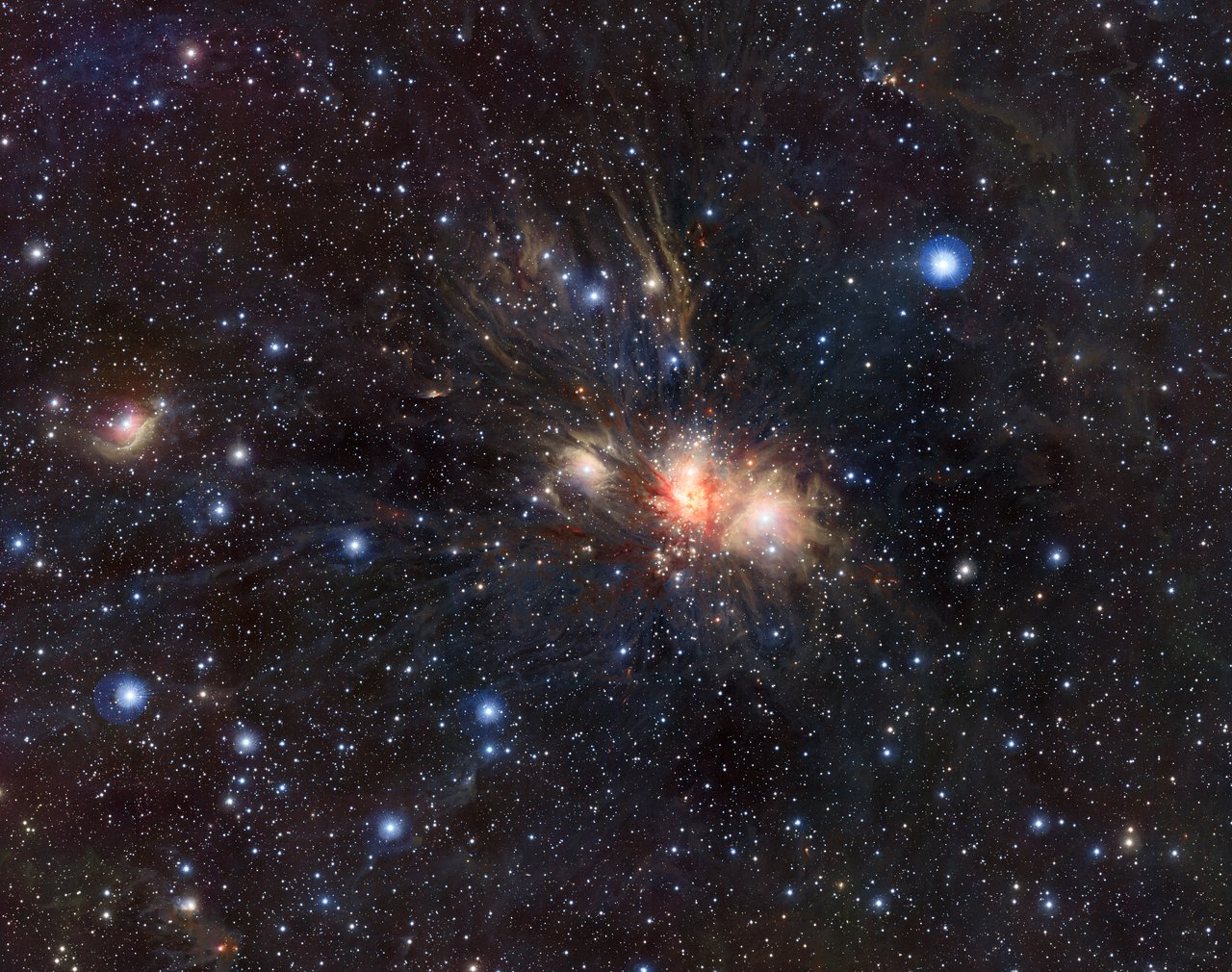
Are we alone in the universe?
It is one of the most profound questions posed in modern astronomy. But although our understanding of the cosmos has grown significantly, the question remains unanswered. We know that Earth-like planets are common, as are the building blocks necessary for terrestrial life, and yet we still haven’t found definitive evidence for life beyond Earth. Perhaps part of our problem is that we are mostly looking for life similar to our own. It is possible that alien life is so radically different from that of Earth it goes unnoticed.
Continue reading “Could There Be a Form of Life Inside Stars?”New Simulation Shows Exactly What Dark Matter Would Look Like If We Could See It
How do you study something invisible? This is a challenge that faces astronomers who study dark matter. Although dark matter comprises 85% of all matter in the universe, it doesn’t interact with light. It can only be seen through the gravitational influence it has on light and other matter. To make matters worse, efforts to directly detect dark matter on Earth have been unsuccessful so far.
Continue reading “New Simulation Shows Exactly What Dark Matter Would Look Like If We Could See It”Some Quasars Actually Contain Two Supermassive Black Holes in the Process of Merging
Quasars are some of the most powerful objects in the Universe. They were first discovered in the 1950s as bright radio sources coming from almost point-like objects. They were given the name quasi-stellar radio sources, or quasars for short. We now know that they are powered by supermassive black holes at the center of distant galaxies.
Continue reading “Some Quasars Actually Contain Two Supermassive Black Holes in the Process of Merging”Supernova Wreckage is Still Expanding at Extreme Speeds After 400 Years
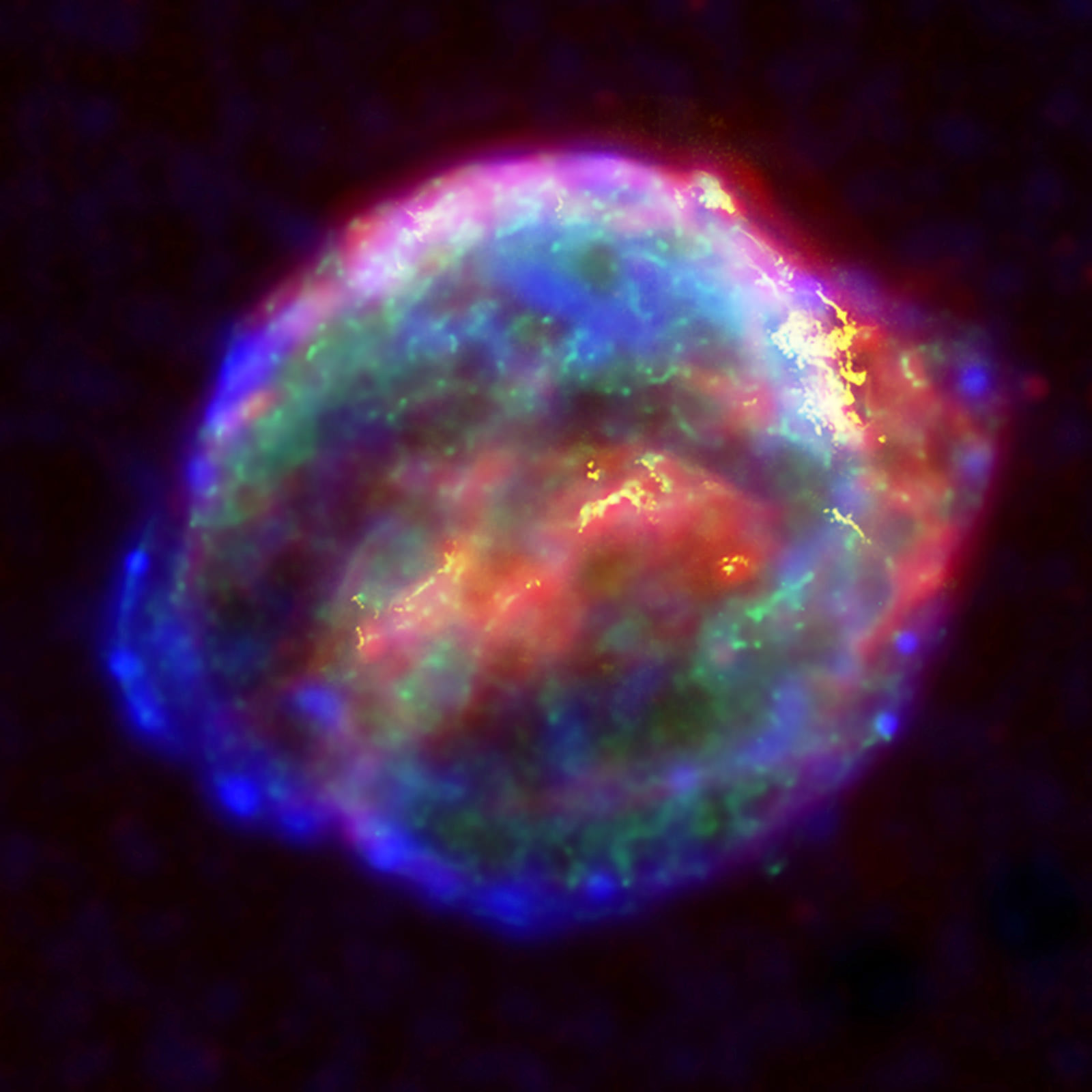
Four centuries ago, Johannes Kepler observed a bright new star in the night sky. Astronomers from all over the world noticed it, but it came to be known as Kepler’s star. It was caused by a stellar explosion 20,000 light-years from Earth, and it was the most recent naked-eye supernova to appear in our galaxy.
Continue reading “Supernova Wreckage is Still Expanding at Extreme Speeds After 400 Years”Scientists Recreate the Density of a White Dwarf in the Lab
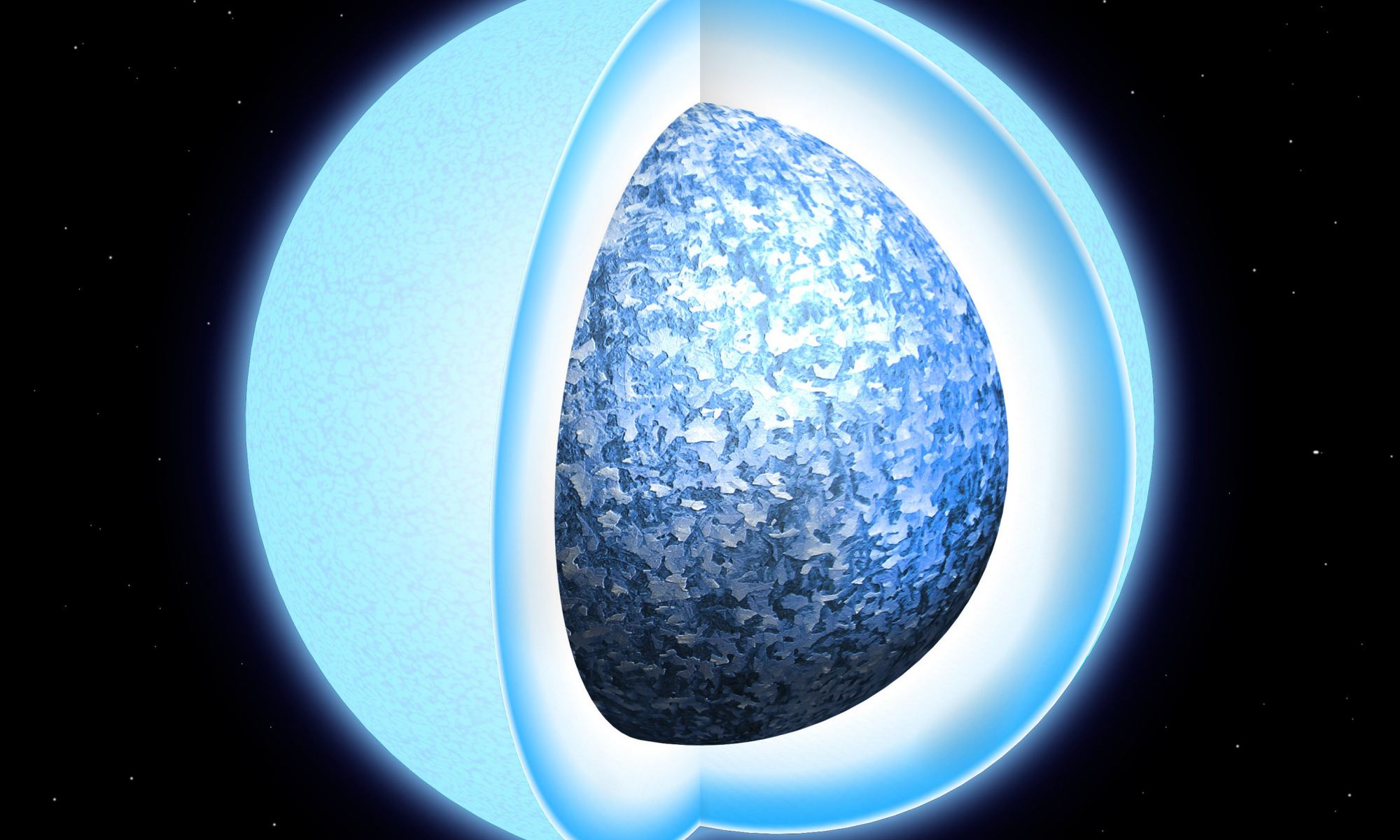
The density of a white dwarf star defies our imagination. A spoonful of white dwarf matter would weigh as much as a car on Earth. Atoms within the star are squeezed so tightly that they are on the edge of collapse. Squeeze a white dwarf just a bit more, and it will collapse into a neutron star. And now, we can recreate the density of a white dwarf within a lab.
Continue reading “Scientists Recreate the Density of a White Dwarf in the Lab”
